Cycling photography has evolved as biking has surged in popularity as a sport and a means of transportation. This relationship has changed since cycling’s roots to the recent advancements in photography. Biking and photography have created a dynamic visual narrative.

Here are seven tips for better bicycle images and cycling photography.
When in motion, cyclists can be fast subjects—that means the correct shutter speed is important. Working in Shutter Priority or Manual mode is best for cycling photography. Fast shutter speeds freeze a cyclist in action.
A shutter speed exceeding 1/1000 s (seconds) may be necessary to capture a sharp image. A fast lens with a wide aperture is ideal, especially for capturing low-light action. This means you can ramp up your shutter speed without leaning on your ISO too much.
Continuous autofocus (AF-C with Nikon cameras or AI Servo with Canon) is the best focus mode for capturing moving subjects. This mode seeks out focus as long as the shutter button is half or completely depressed.
Finally, ensure your camera is set to continuous shooting mode (burst mode). In continuous shooting mode, the camera takes photos quickly if you hold the shutter button. Burst mode lessens the chance of missing a shot.

Cycling is all about movement. But not all cycling photography is about capturing razor-sharp images. Zipping past, cyclists provide great subjects for panning photography.
Panning involves photographing a moving subject by tracking them with your camera. The result is a focused subject among streaks of blurred foreground and background.
Set your camera to shutter priority and the shutter speed between 1/30 and 1/125 s to pan. The faster the subject, the faster the required shutter speed.
Next, point your lens at an approaching subject and let your camera autofocus. Depress the shutter button and move your camera with the subject. With some luck, you’ll have a nice panned shot—though this intentional camera movement takes some practice.
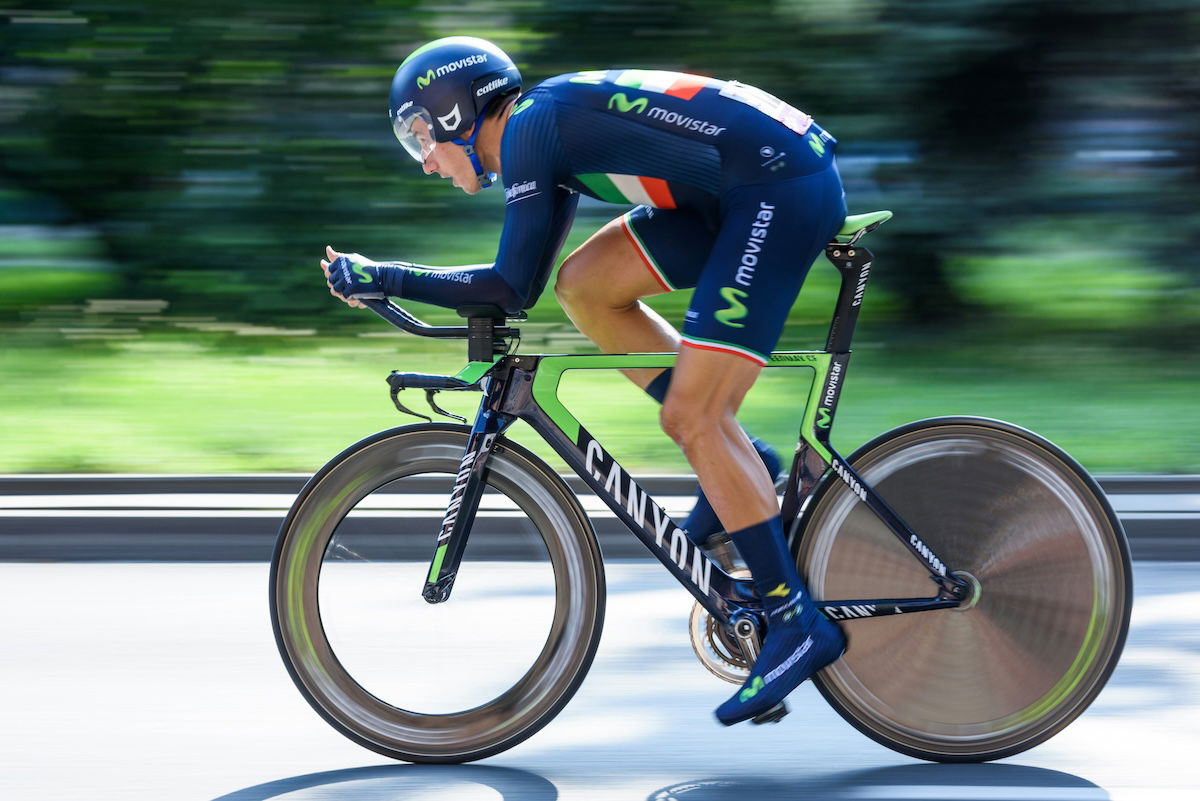
Cycling is a dynamic sport carried out in any number of environments. Adjusting your perspective to enhance the subject in a given environment is crucial.
Selecting a camera angle that is interesting to a viewer creates engaging imagery. When shooting cycling photography, try to move around (without impeding cyclists, of course).
A low perspective elevates the dimensions of a bike and rider. A birds-eye view, taken from a high viewpoint, provides a unique perspective that catches the eye. Try using the surrounding environment in your cycling photography or move in close for an intimate perspective.
Unsplash photos by Sebastian Graser (Nikon D5600, 28mm, f/5.6, 1/250 s, ISO 400) and Abigail Mangum (Canon EOS 6D Mark II, 48mm, f/4.5, 1/1,600 s, ISO 10,000).
In cycling photography, capturing both full-body shots and close-ups of cyclists is essential. But don’t overlook the rider’s expressions.
Aim to focus on their emotions, whether determination, joy, or concentration. These expressions vividly portray the physical and emotional side of cycling.
Highlight the rider’s connection to the bike and the surrounding environment. Use techniques like shallow depth of field to draw attention to facial expressions while keeping the bike in context.
Remember, integrating the human element enriches your narrative. It offers viewers a deeper insight into the passion and dedication driving each pedal stroke.
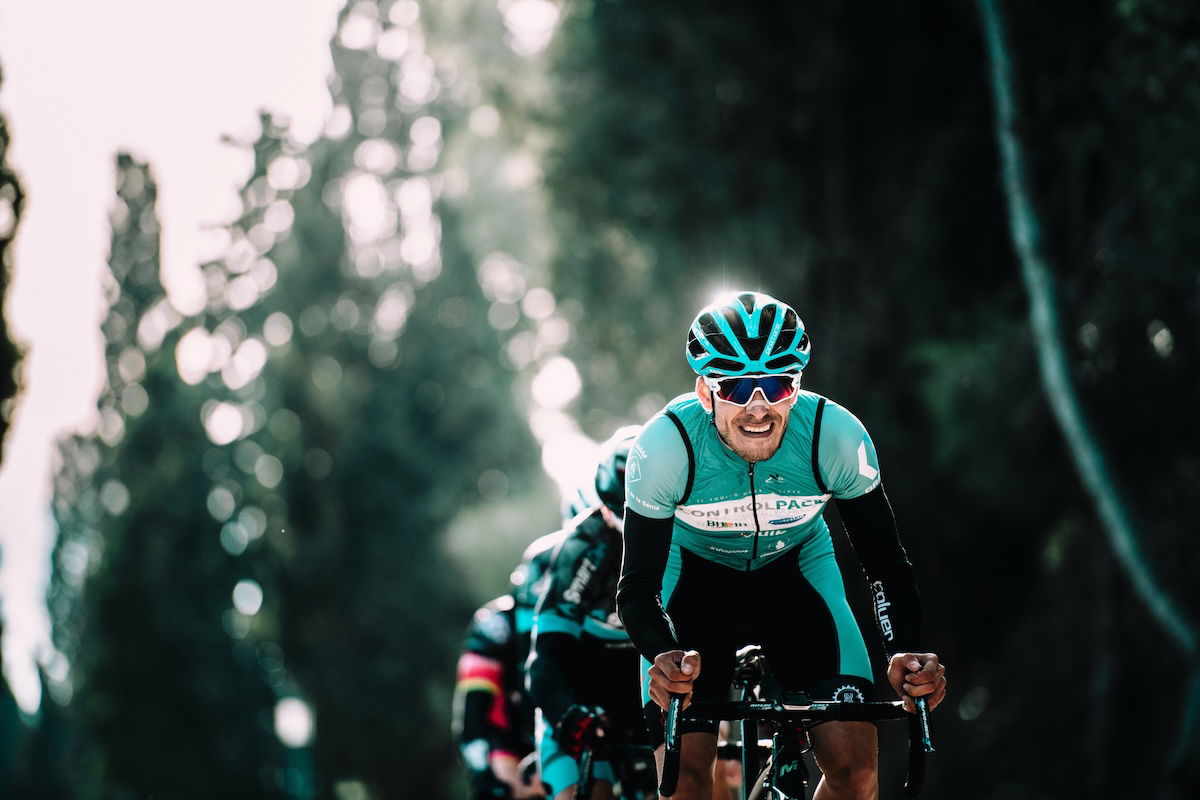
Photographing bikes alone is a great way to tell a cycling narrative. For example, a bike’s condition provides a narrative about its use and location.
Bicycle photography also illustrates a sense of carefree travel. Macro or close-up photography explores the intimate mechanics of a bicycle.
An environmental shot depicts the relationship between a bike and a given location. Each bike tells us a little about its rider. Mountain bikes, road bikes, BMX bikes—every bicycle has a story to tell!
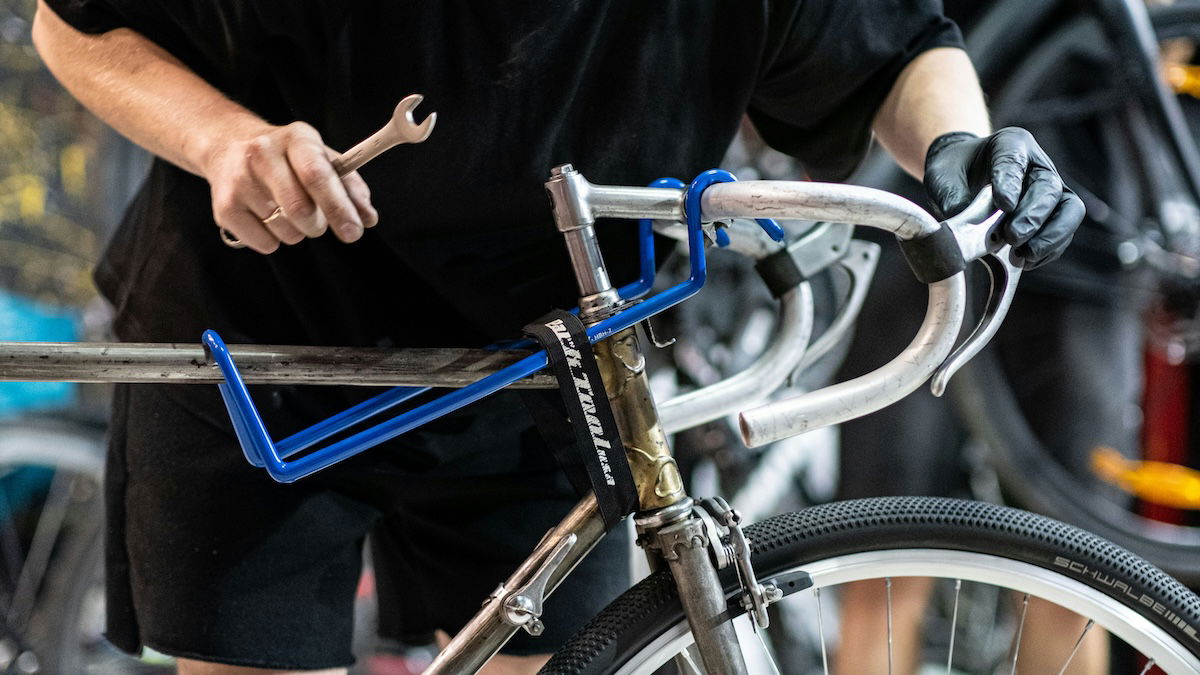
Black-and-white cycling photography captures the inherent shapes and forms of bikes and riders. Shooting black-and-white photos strips away distractions caused by colorful schemes.
Embrace the monochrome palette to emphasize cycling’s raw essence. Highlight the sleek lines and intricate details of the bicycle’s design.
Also, black-and-white imagery accentuates the rider’s physicality. It can offer a striking contrast between the human element and the bike’s mechanical components.
Look for moments where the interplay between light and shadow enhances the composition. This interplay adds depth and drama to your photographs.
By harnessing the power of black-and-white photography, you can create evocative images. They can transcend mere documentation, capturing the timeless allure and intensity of cycling.
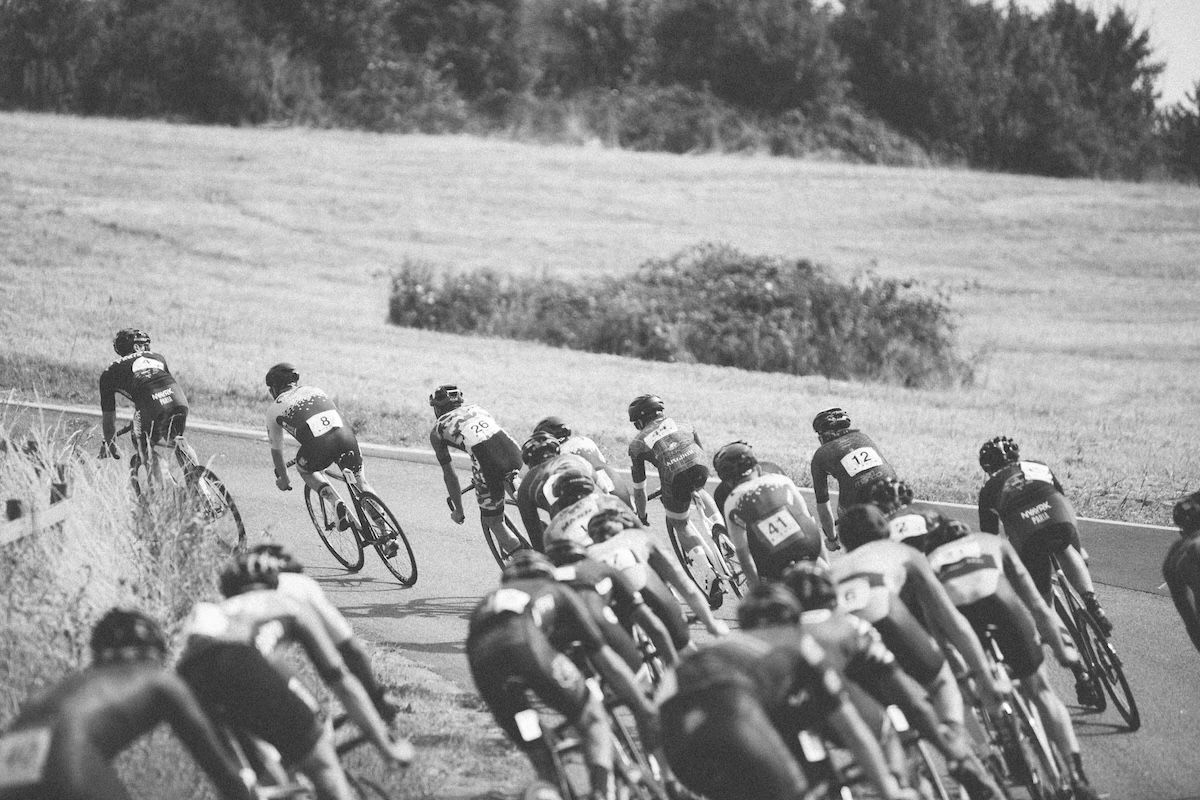
Cycling is a major mode of transport for commuters on the streets. It’s also an ever-growing sport with professional cyclists in velodromes. This means different photographic equipment is ideal for different cycling subjects and environments.
With street photography, you can get close to the subject, whether it’s a cyclist or a bike on its own. A conventional zoom or prime lens is adequate in street situations.
For events like BMX races or velodrome trials, chances are you will be further away from the action. In this case, a telephoto lens is a good option.
With a telephoto lens, use a monopod to take some weight off your back. A wide-angle lens also comes in handy for capturing an environmental shot of a rider. Read our recommendations for the best sports lenses.
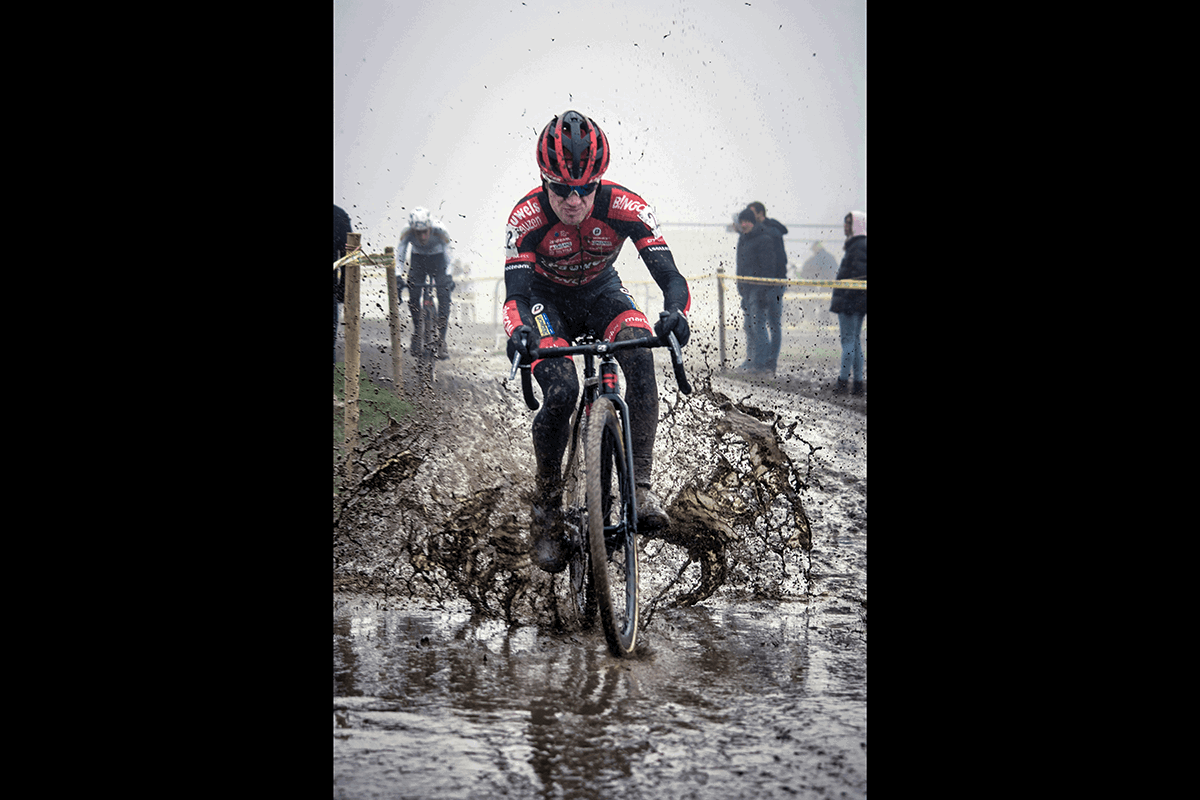
While expensive, a lens with wide apertures like f/2.8 is ideal for low-light conditions. A fast lens gives you greater flexibility and less unwanted noise and blur. It is especially good for nighttime BMX trials or early morning circuits.
Although small, the memory card you slot into your camera can make a big difference. A memory card that can read and write quickly is important for speedy subject matter.
Of course, with all that said, the best equipment is what you control—camera settings, positioning, and perspective. Many photography techniques can compensate for a gap in your equipment. For example, being close to passing cyclists can negate the need for a telephoto lens.
Shoot at different locations, try different perspectives, and focus on different elements. With some extra legwork, you may discover that a cheaper setup works just fine!

Nicéphore Niépce is known as one of the founders of photography. He is also a key figure in the history of bicycles.
He built an improved version of the laufmaschine (running machine) with an adjustable saddle. He called it a “velocipede,” a land vehicle with one or two wheels powered by humans.
The cycling boom of the 1890s occurred alongside the beginnings of amateur photography. The combined use of bicycles and cameras introduced a new dimension to photography.

Manufacturers began producing camera cases that fit on bicycle frames or handlebars. Cycling photography magazines launched. Photographers found they could travel to subjects with far greater ease.
Today, cycling and photography have remained intertwined. Mounted action cameras like GoPros now let cyclists capture their point of view mid-ride, putting viewers in the seat of the action! There are even cheaper alternatives to Gopros for those on a budget.
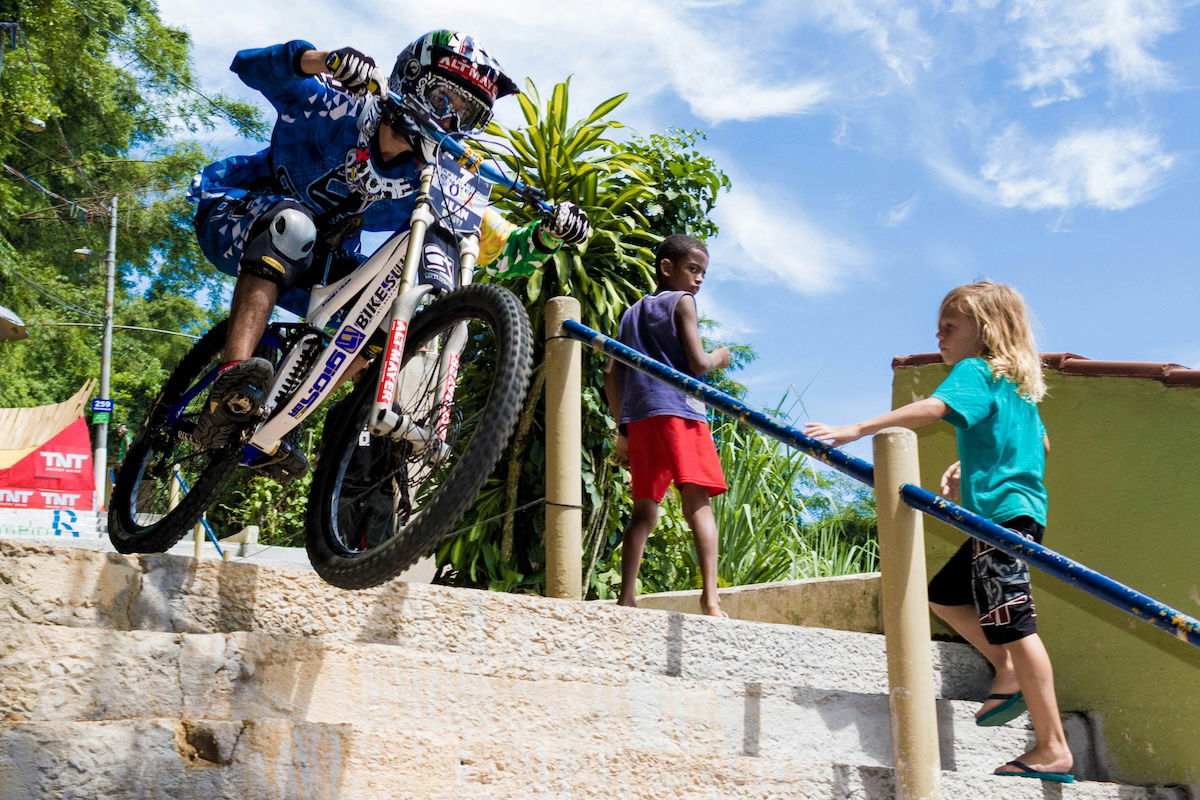
Cycling photography hones in on the rider’s skill and passion. It also creates a study of the splendid mechanics of the bicycle. It is not only about freezing moments in time. It’s also about encapsulating the synergy between human endeavor and mechanical innovation.
It celebrates the thrill and exploration inherent in cycling and photography. They echo our relentless pursuit of adventure and joy in life’s journey.
Check out our Photography Unlocked eBook to master your camera settings. Or, try our Wow Factor Photography course for more high-speed shooting tips!

